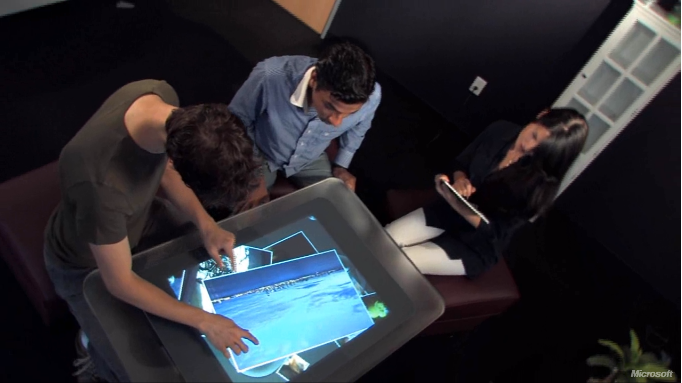Hollywood and Silicon Valley, Bound Together
Technology and entertainment have always bolstered one other.
Innovation in technology enables new platforms for content creation and the widespread distribution of meaningful stories and experiences. Consumers continue to be drawn to new technology primarily by the content and experiences it enables. Content, as the saying goes, is king.
Audiences’ primary emotional connection is to the imagined world, character, feeling, or memory associated with content - not the device, file, or site they used to experience it. A usable, accessible technology platform can serve to further enhance and strengthen emotional connection to a story - but only when designed in an integrated way that is central to and honors creative intent and vision.
Over the last century, we have witnessed the entertainment industry lagging in advances in technology and being slow to adopt emerging platforms. Examples span from the early resistance by some studios of motion picture sound, to fear of peer-to-peer file sharing, to the more recent slow development by studios to catch up with streaming media services like Netflix and user generated content behemoths such as YouTube, Twitch, and TikTok.
And regrettably within the last decade - with the exception of some digital effects and games studios - advancements in the tech industry have developed largely separately from the world of entertainment production and the content it depends upon to succeed with users.
BUT WHY? TECHNOLOGY AND ENTERTAINMENT NEED EACH OTHER NOW MORE THAN EVER
Audiences have historically adopted the methods necessary to engage in their favorite entertainment experiences, such as going to a public theater or a movie theater, recording a television program on a VCR or DVR, signing up for a Netflix or HBO NOW subscription to see a particular show, contributing fanfic ideas or feedback on social media, or searching for a user generated video only available on YouTube. All it requires, of course, is a motivated interest in connecting with that story or experience, often times over and over again.
Currently Apple, Facebook’s Oculus, Amazon, Netflix, Sony, Samsung, Snap, and more are all in a race to deliver increasingly personalized content (media streaming services) and more compelling and immersive platforms (such as AR and VR) to increase engagement with users and attract new customers.
And the battle for securing cutting-edge platforms and devices in consumer homes (with the development of smart speakers & displays, connected TVs, cameras, and head-mounted displays, just to name a few) is becoming more and more dependent on the content necessary to gain user interest and drive engagement. And content such as television, film, and music will need to be designed to leverage and showcase the new wave tech-forward capabilities such as mixed reality, AI, 4k cameras, biometric sensors, facial recognition, and more.
















